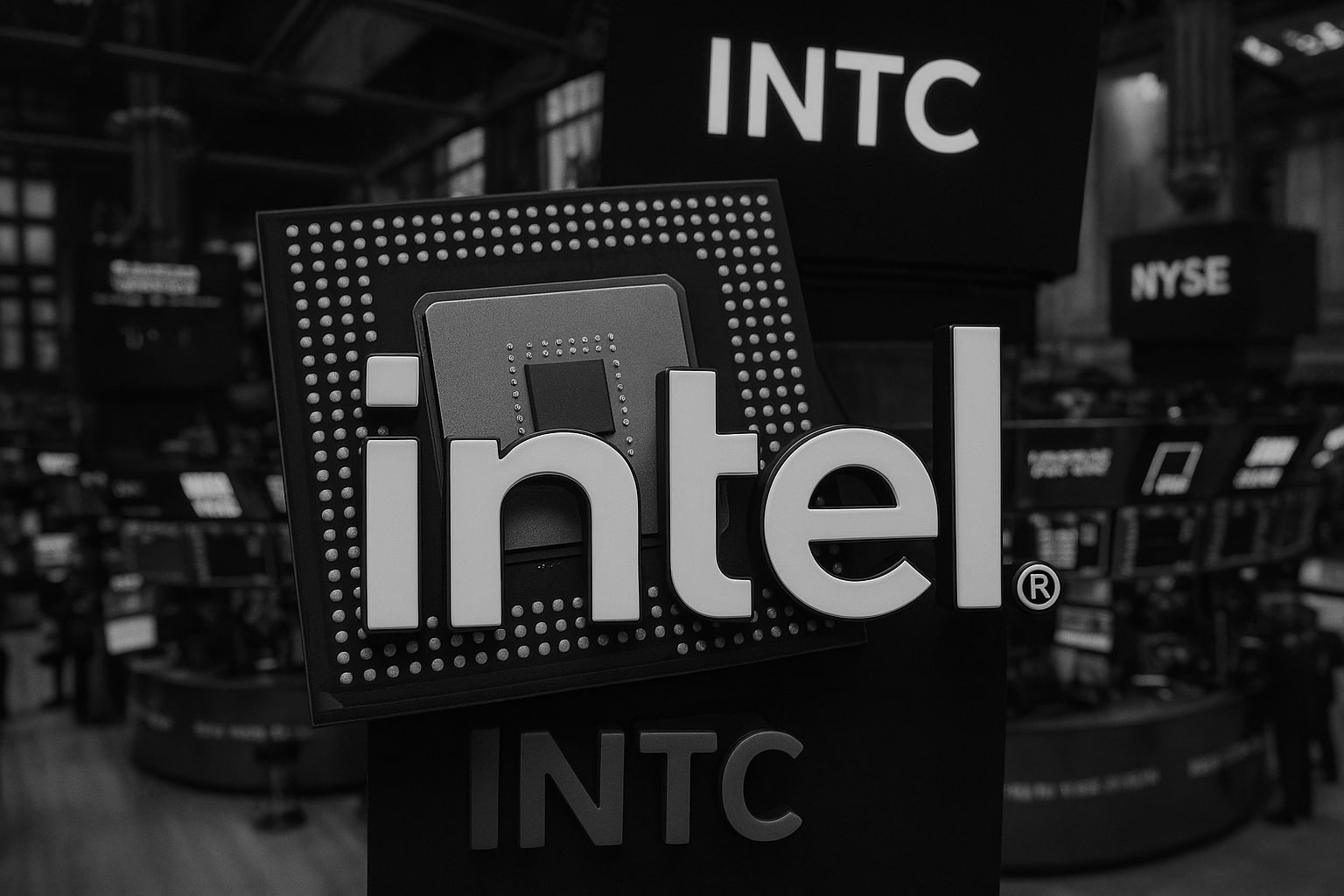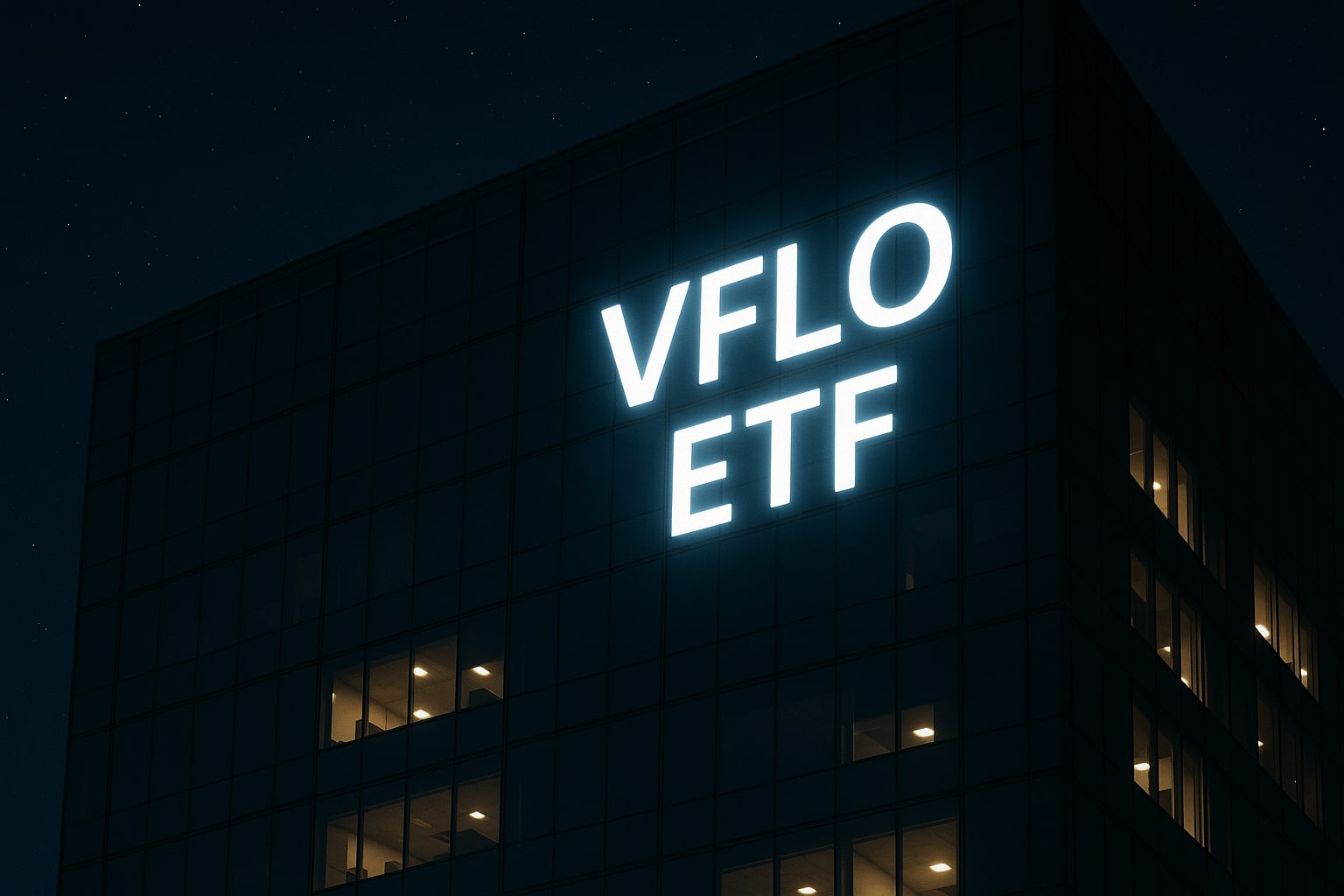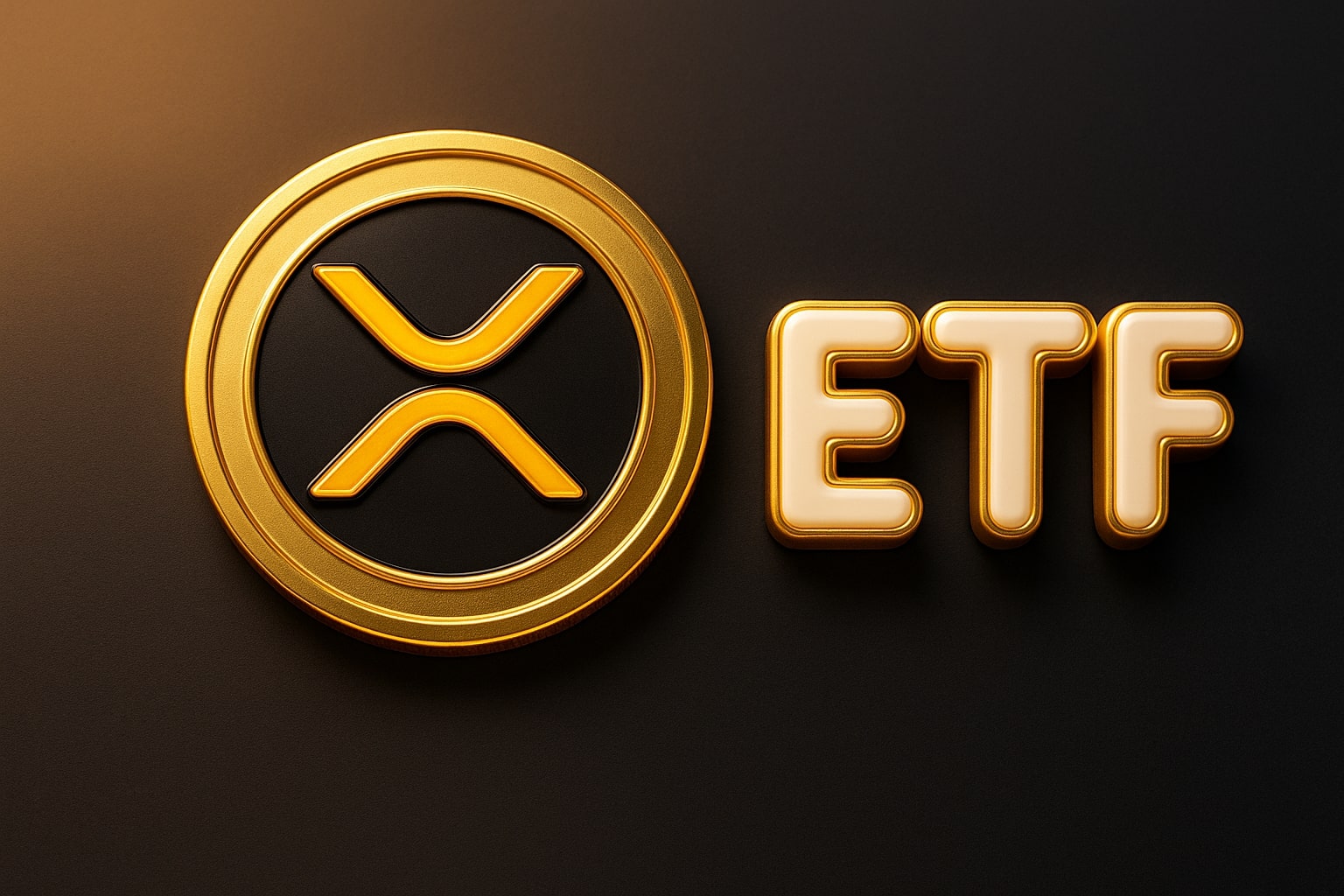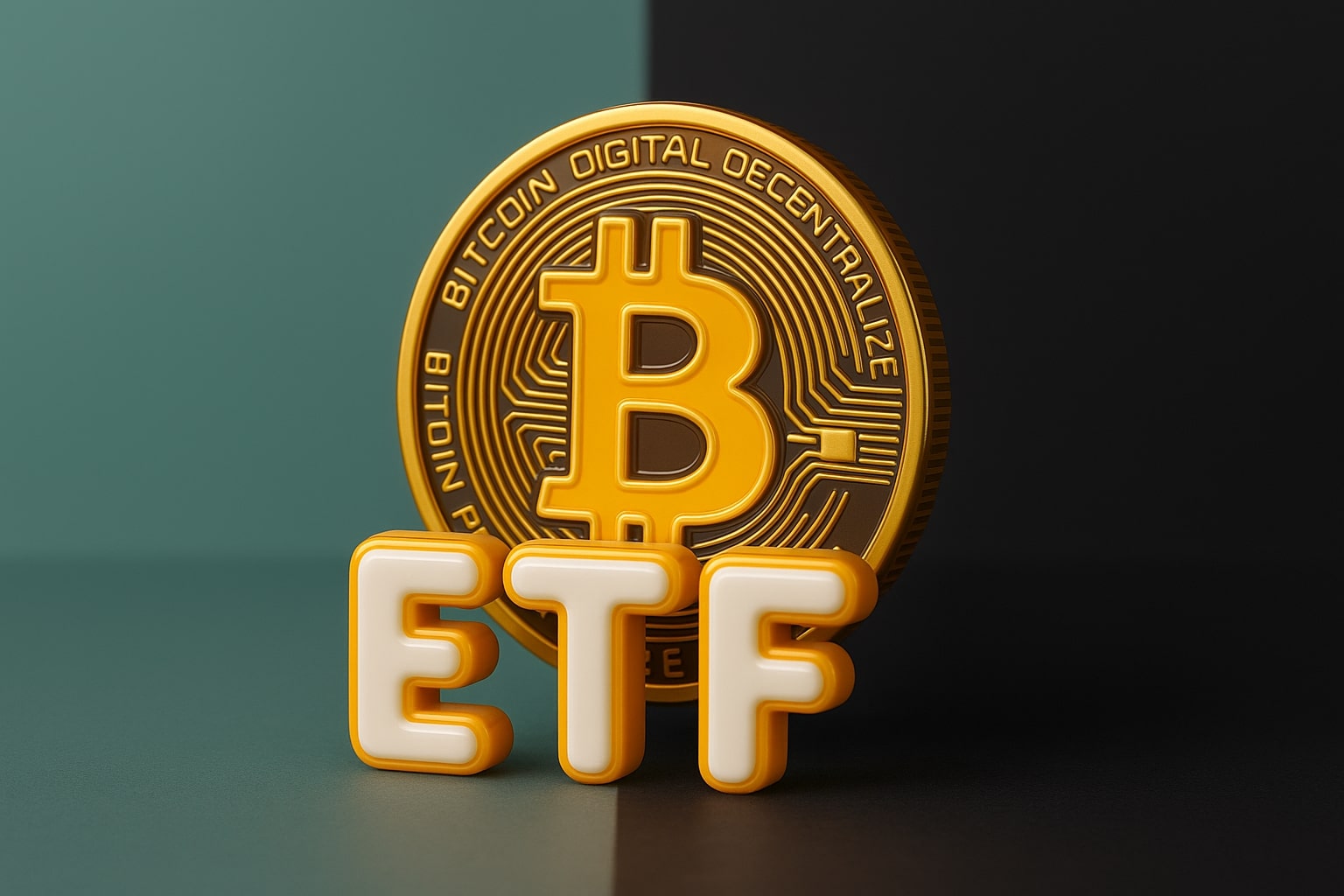
Intel Stock Price Forecast - INTC HSBC Flags 35% Downside Despite $15.9B in Fresh Investments
After soaring to $37.18 on major backing from Nvidia, SoftBank, and the U.S. government, Intel’s (NASDAQ:INTC) valuation is now under scrutiny. Analysts question the sustainability of its 85% YTD surge, as execution challenges and uncertainty around its 14A process leave the stock vulnerable without a breakthrough deal with TSMC | That's TradingNEWS
Intel (NASDAQ:INTC) Stock Analysis: Rally Fueled by $15.9B in Strategic Deals Faces Harsh Valuation Reality
Real-Time Chart: View Live Chart on TradingNews.com
Insider Activity: View Insider Transactions
Unprecedented 85% Year-to-Date Surge Tests Market Patience
Intel Corporation (NASDAQ:INTC) has staged one of the most dramatic turnarounds in the semiconductor sector this year, surging 85.43% year-to-date to $37.18 per share — far outpacing the S&P 500’s 14.73% gain. Over the past 12 months, INTC advanced 59.43%, marking its strongest rally since 2009. However, this rebound is not built on earnings strength — the company still reports a -38.64% profit margin and a -4.77 EPS, signaling deep fundamental challenges beneath the surface.
The stock’s meteoric rise follows a string of high-profile investments totaling nearly $15.9 billion, including $8.9 billion from the U.S. government (10% stake), $5 billion from Nvidia (NASDAQ:NVDA) at $23.28 per share, and $2 billion from SoftBank. Each deal was priced significantly below Intel’s current market value, suggesting that institutional partners entered at discount levels far from the stock’s $37 zone.
Yet analysts warn the rally may have peaked. HSBC downgraded Intel to “Reduce” from “Hold,” raising its price target from $21.25 to $24, implying roughly 35% downside from current levels. The downgrade comes amid growing concern that Intel’s valuation has decoupled from its fundamentals, with a Forward P/E ratio of 56.5 — one of the highest in its history and far above its peers AMD (NASDAQ:AMD) at 38x and TSMC (NYSE:TSM) at 27x.
Intel’s Financial Structure Still Fragile Despite Capital Inflows
Despite this investor optimism, Intel’s core financial performance remains under strain. The company reported $53.07 billion in trailing twelve-month revenue, flat year-over-year, and a net loss of $20.5 billion, underscoring continued pressure from operational inefficiency and competitive lag. Gross profit stands at $17.47 billion, while operating margins hover at -3.8%, dragged down by delays in advanced node rollouts and the heavy capital burden of its foundry expansion strategy.
Intel’s levered free cash flow remains negative at -$8.32 billion, while total debt rose to $50.76 billion, against $21.21 billion in cash reserves. This financial structure limits flexibility in scaling R&D investments or competing with NVIDIA’s accelerating AI chip dominance. The Return on Equity (ROE) sits at -18.62%, reflecting ongoing dilution of shareholder value despite massive external capital inflows.
Earnings Trends Reflect Execution Risk and Cyclical Weakness
Intel’s Q2 2025 results showed $12.86 billion in revenue, exceeding analyst forecasts by 7.8% but barely improving from last year’s figure. The quarter ended with a $441 million loss, missing profitability expectations due to cost overruns in fabrication and weak pricing in its PC division. Analysts now forecast EPS of $0.12 for FY2025, a marginal improvement from -0.13 last year, but well below the pre-2021 average above $3 per share.
Growth projections remain volatile — Intel’s earnings are expected to surge 191% this year and 426% next year, but these figures reflect recovery from a negative base, not genuine expansion. Meanwhile, the company’s forward revenue growth is pegged at just 3.3% for 2026, lagging behind TSMC (8.4%), AMD (9.5%), and NVIDIA (12.2%), underscoring its weakened competitive momentum.
HSBC Flags Overvaluation and Foundry Uncertainty
The primary driver of bearish sentiment is Intel’s foundry division, which continues to drain cash without delivering sustainable returns. HSBC analysts warn that execution at fabrication plants remains the “key determinant” of any turnaround, but progress is minimal. Intel’s upcoming 14A node, once touted as a rival to TSMC’s 2nm technology, now faces internal doubts — the company disclosed it may “cease development if external customers are not secured.”
The only catalyst that could structurally change Intel’s outlook, HSBC noted, would be a technology-sharing partnership with TSMC, but such an agreement appears remote. TSMC is already committing over $100 billion to expand its U.S. manufacturing presence independently, leaving Intel’s foundry roadmap increasingly isolated.
Read More
-
VFLO ETF Climbs to $39.87 With 63.6% Return - ETF Outperforms S&P 500 on Free Cash Flow Strength
10.12.2025 · TradingNEWS ArchiveStocks
-
XRP ETF Inflows Hit $944M as XRPI at $12.03 and XRPR at $17.21 Signal Demand Before Fed Decision
10.12.2025 · TradingNEWS ArchiveCrypto
-
Natural Gas Price Forecast - NG=F Rises 39% to $4.50 as LNG Exports Tighten Supply
10.12.2025 · TradingNEWS ArchiveCommodities
-
USD/JPY Price Forecast - (FX:USDJPY) Holds 156.57 as BOJ Tension Ignite Volatility — Traders Eye 158.88 Retest
10.12.2025 · TradingNEWS ArchiveForex
Analyst Consensus Turns Cautious Despite Government Support
According to FactSet, 76% of analysts now rate Intel as a Hold, with an average price target of $26.70, suggesting 28% downside. Deutsche Bank recently lifted its target to $30 but maintained a neutral stance, while Bernstein held its Market Perform rating with a $21 target. The consensus points to one message — Intel’s rally is valuation-driven, not earnings-backed.
Intel’s long-term debt profile, weak cash generation, and persistent foundry losses continue to challenge any sustainable re-rating. The stock’s enterprise value-to-EBITDA multiple has ballooned to 186x, an unsustainable level in a cyclical industry that trades closer to 25–30x for comparable peers.
Comparative Performance and Sector Outlook
While Intel gained 85% this year, AMD climbed 9.6% just this week to $231.87, TSMC rose 3.2% to $303.38, and NVIDIA advanced 1.9% to $188.56, pushing its market cap past $4.5 trillion. The gap between Intel’s short-term price momentum and its operational execution remains stark. Unlike its rivals, Intel’s profitability metrics are still negative — its operating margin (-3.8%) contrasts sharply with TSMC’s 43% and NVIDIA’s 55%, underlining Intel’s competitive disadvantage in fabrication efficiency.
Institutional Behavior and Insider Trends
Institutional investors hold 65.15% of Intel’s float, with short interest modest at 2.17%, suggesting no imminent bearish squeeze risk. However, insider ownership stands at 0.08%, reflecting limited executive alignment with shareholders. Recent insider transactions show minimal open-market buying, hinting that management is cautious at current valuation levels.
Final Outlook: Caution Amid Euphoria
Intel’s recovery narrative remains compelling from a national interest and strategic investment perspective, but the numbers show fragility beneath the surface. The government’s $8.9B stake may signal policy-level support for domestic chip manufacturing, yet execution, not capital, will define the company’s future.
At $37.18, Intel trades well above its analyst mean target of $26.70, pricing in flawless execution in a turnaround that’s far from guaranteed. Unless Intel secures a credible manufacturing alliance or demonstrates profitable scale in AI-driven foundry output, the risk-reward ratio skews to the downside.
Verdict: SELL (Target Range $24–$27)
Despite institutional confidence, Intel’s fundamentals remain misaligned with its valuation. The 85% rally is unsustainable without earnings traction, and HSBC’s caution is well justified. Unless the 14A node delivers or a TSMC deal materializes, NASDAQ:INTC risks retracing its gains toward the mid-$20s before stabilizing.


















